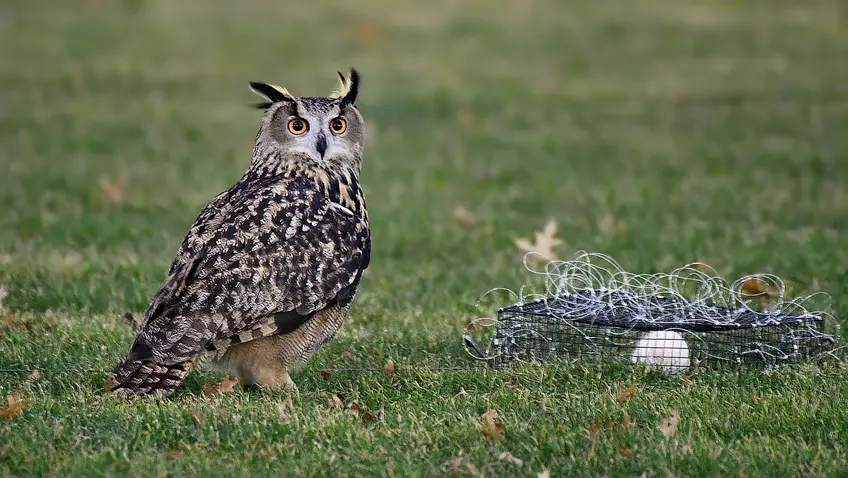 Flaco, February 2023 (David Barrett - https://bigmanhattanyear.com/2023/04/05/flaco-on-wikipedia/, CC BY-SA 4.0, https://commons.wikimedia.org/w/index.php?curid=130487701)
Flaco, February 2023 (David Barrett - https://bigmanhattanyear.com/2023/04/05/flaco-on-wikipedia/, CC BY-SA 4.0, https://commons.wikimedia.org/w/index.php?curid=130487701)
In this article:
This is an upsetting sight to see and takes place against a backdrop when bird populations are declining all over the world in the wake of climate change and deforestation. This article explores why this happens, what New York can do about it, and cues we can take from other cities that have saved birds’ lives.
Why does this happen?
Bright lights cause birds to override their intuitive navigational guides, like the earth’s magnetic pull and the alignment of planets. Additionally, research has proven that birds cannot see glass. So as the sun sets and lights remain on inside buildings throughout the night, the birds will fly straight into the glass.According to Dr. Susan Elbin, the New York City Audubon's Director of Conservation and an ornithologist who has worked in the field of behavioral ecology and conservation for more than 25 years, not all light is created equal. The light that causes the most confusion to birds is light directed straight up into the sky. Steady beams are worse for birds versus flashing or strobe. In terms of colors, green and blue light are the least distracting color for birds. Yellow and red lights are not great, and white (the color of the annual Tribute in Light every September 11) is the worst.
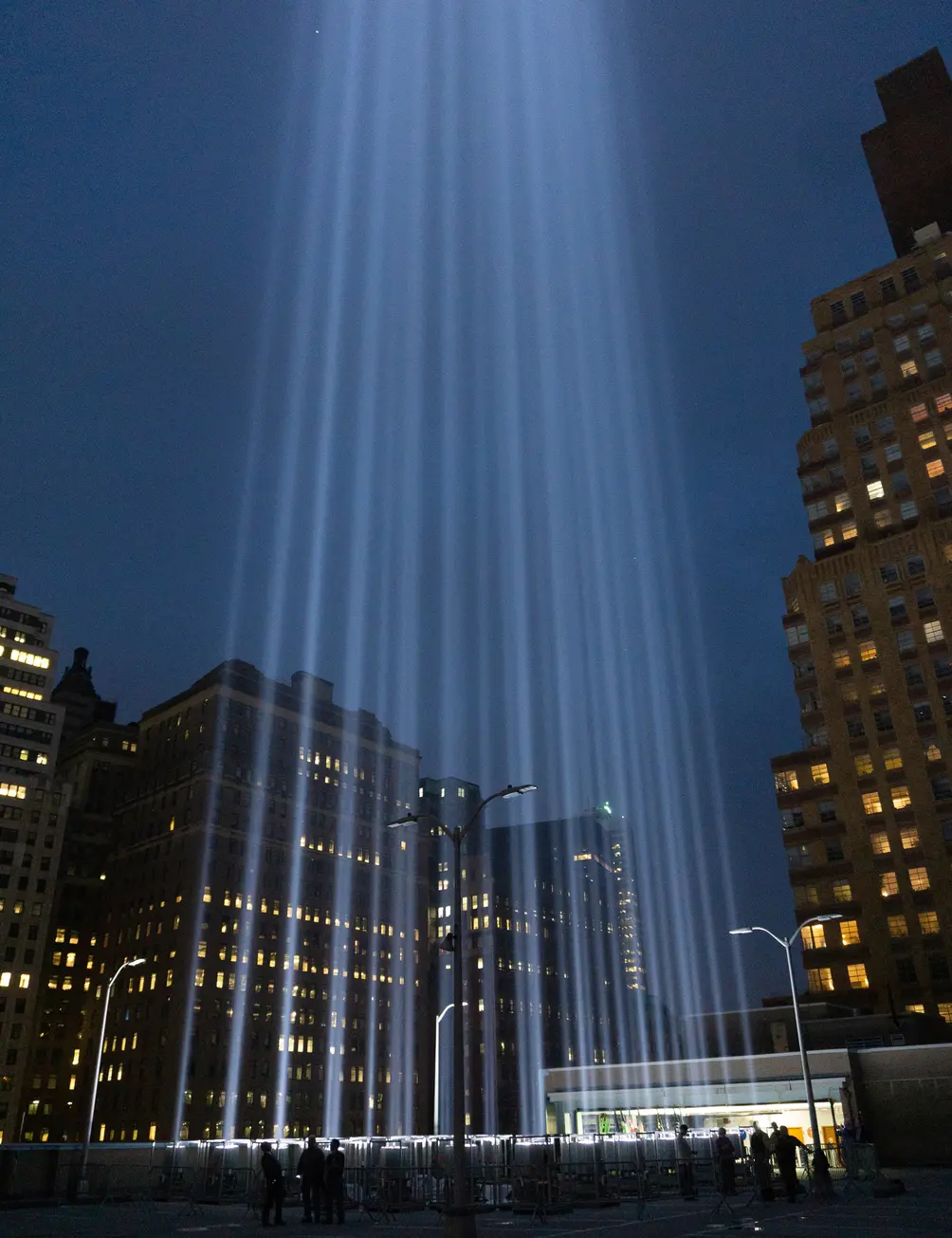 Tribute in Light, September 11, 2018, 8:40 p.m. (Courtesy of nycaudubon.org)
Tribute in Light, September 11, 2018, 8:40 p.m. (Courtesy of nycaudubon.org)
What can we learn from other cities?
Toronto and Chicago both seem to be shining brightly by dimming their lights. Toronto’s Fatal Light Awareness Program (FLAP), with its very sad real-time estimator of bird deaths, was founded 25 years ago. FLAP estimates estimated 1.5 - 2 billion migratory birds are killed across North America as a direct result of human activity. Bird-building collisions are the number one killer. FLAP offers a number of solutions, between advising homeowners on bird-safe window markers and consulting with commercial and institutional building owners on ways to make their structures safer. It is also worth pointing out the financial benefits Toronto has experienced: When Toronto’s Metro Hall building followed the bird-friendly rating system, they reported an annual savings of $200,000 in energy costs.According to Chicago’s Lights Out program, “Since 1995, Chicago’s tall buildings in the Loop have served as an example to the nation as they save 10,000 birds’ lives annually by participating in the Lights Out program. In addition to saving migratory birds, building owners have realized direct benefits, including decreased energy and maintenance costs.” In downtown Chicago, it is estimated approximately 100 buildings dim their lights between 11 pm and dawn for six months of the year. A 2021 study found that shutting off half the lights in large buildings could reduce collisions by as many as eleven times.
Firstly, Elbin admits the NYC Audubon does not have the funding to put the force behind this cause that is desired and necessary. Secondly, she says it is very difficult to find the actual building owners as many are absentee owners. Thirdly, currently, the only way to follow up with the buildings is with the honor system.
Lastly, Elbin says many building owners incorrectly assume dimming the lights will lessen the security of the building and therefore they do not want to be involved. To that, Elbin suggests motion activated lights not only do the job but provide more security that lights left on constantly because they attract attention when they go on.
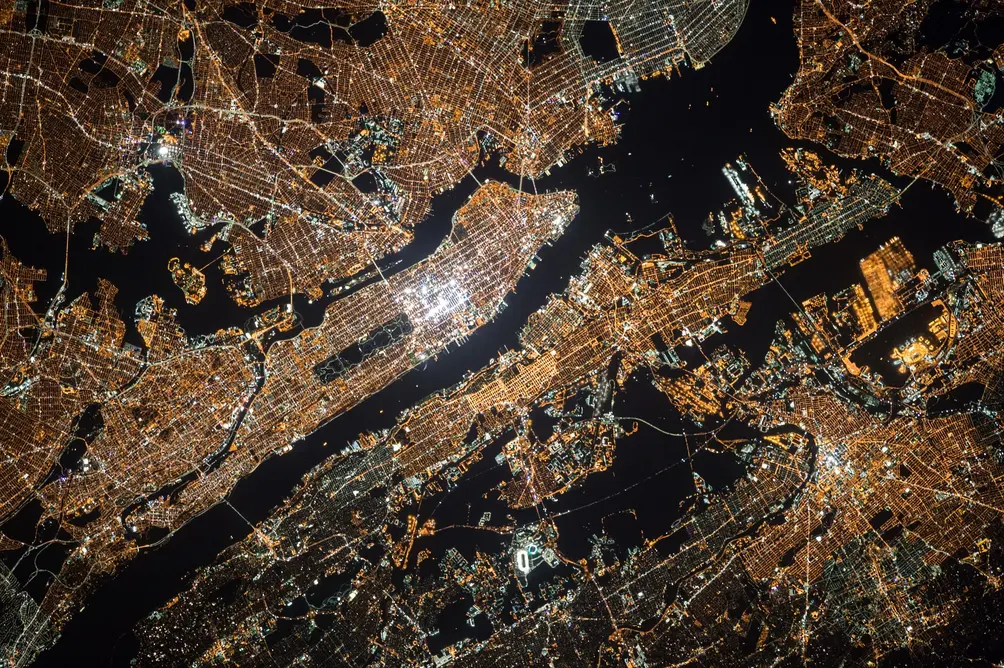 Satellite image of lights seen throughout NYC and New Jersey
Satellite image of lights seen throughout NYC and New Jersey
What actions has New York taken?
While the FLACO Act and Dark Skies Protection Act are currently making their way through committee at state level, New York City has taken action to protect birds over the past few years. At the end of 2019, the New York City Council enacted legislation requiring that all new construction and major building alterations must incorporate special materials, such as patterned glass or glass with ultraviolet coating visible to birds but not humans, so as to avoid avian strikes. This has worked before: A spokesperson for One World Trade Center told the Associated Press that the first 200 feet of the tower are encased in non-reflective glass fins specifically chosen to reduce bird strikes. Further uptown, the Javits Center was once named one of New York's deadliest buildings for birds. However, after refurbishing the building with patterned glass that were interpreted as obstacles, bird deaths dropped by 90 percent. Indeed, with its rooftop terrace and farm, it might have gone from the deadliest to the friendliest building for birds.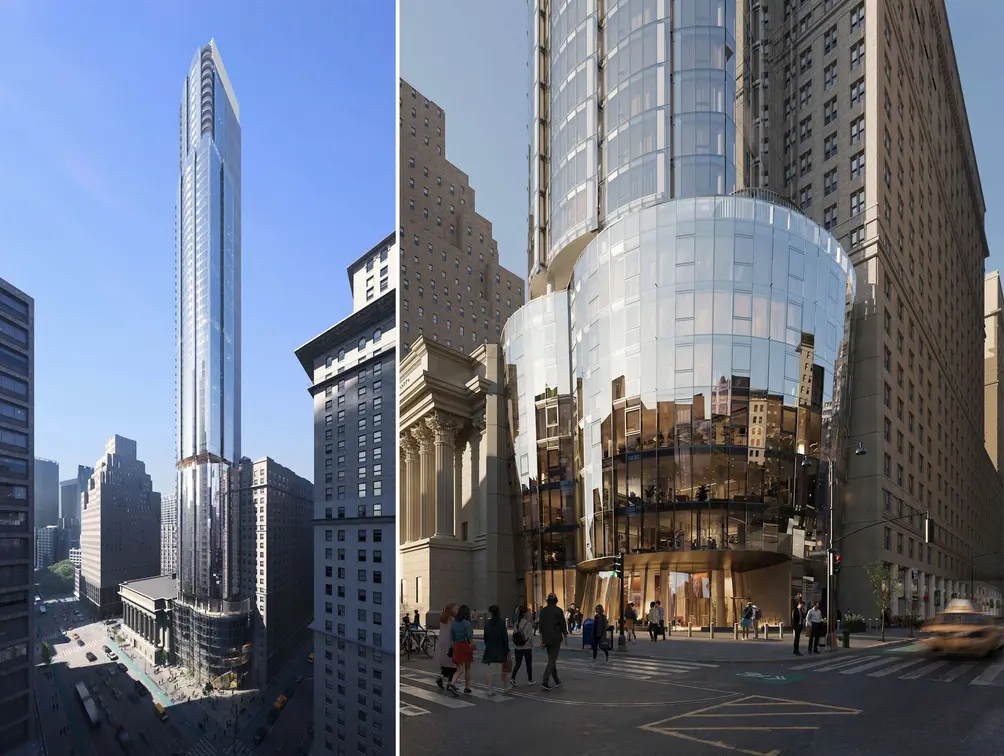 The exterior of the first 75 feet of the condo tower rising at 989 Sixth Avenue (100 West 37th Street) must be clad in bird-visible materials to help prevent bird strikes. (C3D Architecture)
The exterior of the first 75 feet of the condo tower rising at 989 Sixth Avenue (100 West 37th Street) must be clad in bird-visible materials to help prevent bird strikes. (C3D Architecture)
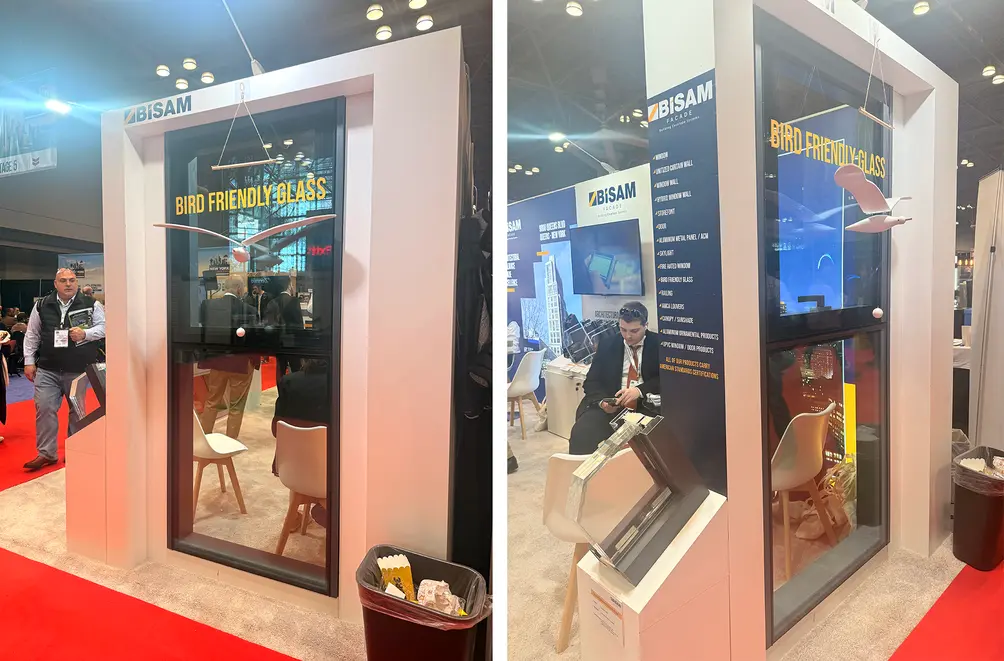 BISAM Facades showcasing their bird-friendly glass products at the Javits Center in March 2025
BISAM Facades showcasing their bird-friendly glass products at the Javits Center in March 2025
Noyan Özeren, Chief Commercial Officer at BISAM Facade, notes that there are several ways to make transparent surfaces visible to birds—from edge fritting to UV-reflective coatings. “Unlike other products that reduce visibility for humans or can be removed by tenants, our bird-friendly glass systems are permanent and virtually invisible,” Ozeran explains.
“Not only are we committed to following the rules and regulations,” he adds, “we're proud to help address the important issue of bird collisions in a meaningful and lasting way.”
 The bird-friendly glass to enclose the podium of 989 Sixth Avenue has yet to be installed (April 2025)
The bird-friendly glass to enclose the podium of 989 Sixth Avenue has yet to be installed (April 2025)
City Councilmember Francisco Moya, who represents East Elmhurst, Jackson Heights, and Corona, is prepared to take things further. He has introduced legislation that would require commercial buildings to turn off lights overnight unless someone is inside and working. Government buildings already follow this practice, and the proposed law includes exemptions for landmarked buildings and small businesses. In addition to reducing the risk of bird collisions, darkened buildings would also help lower the city’s overall carbon footprint.
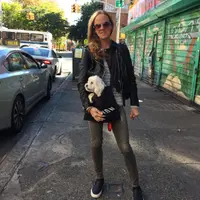

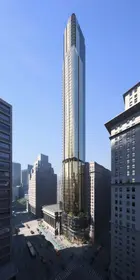
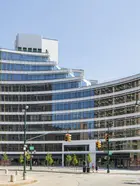
 6sqft delivers the latest on real estate, architecture, and design, straight from New York City.
6sqft delivers the latest on real estate, architecture, and design, straight from New York City.
